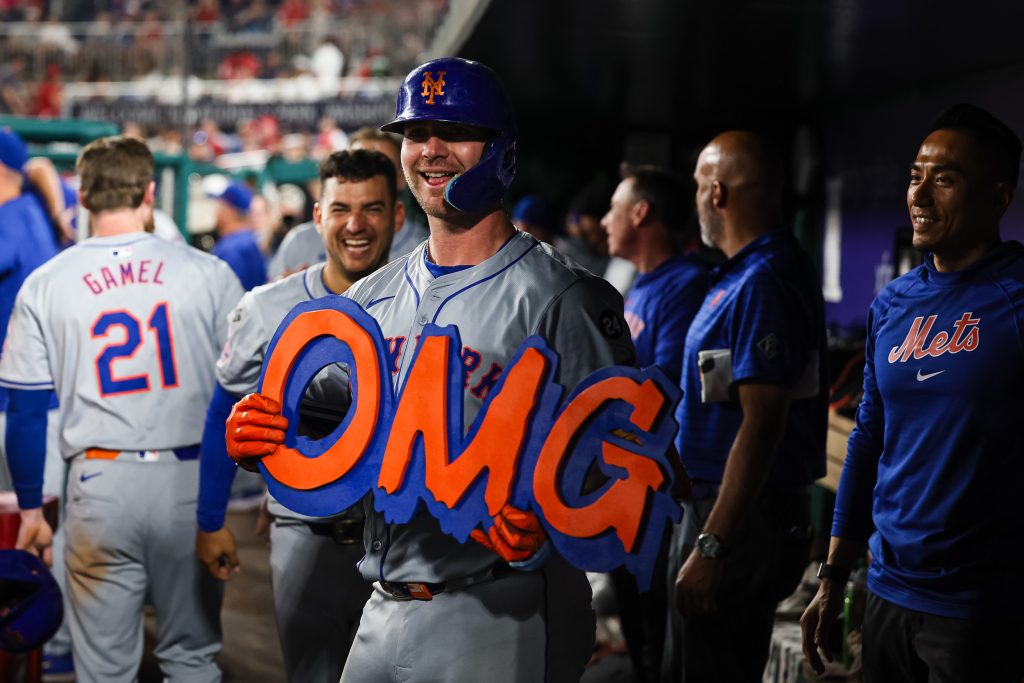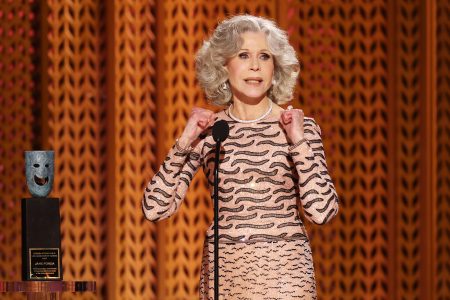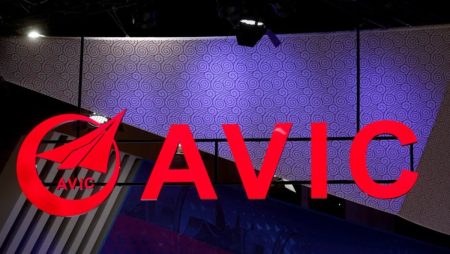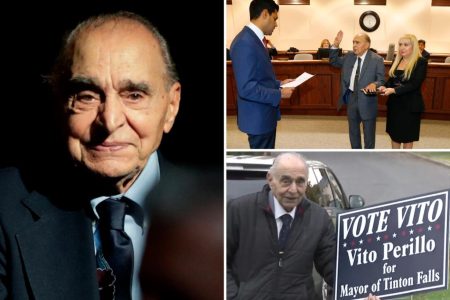The 2024 Major League Baseball offseason witnessed a dramatic shift in the free agency landscape surrounding New York Mets first baseman, Pete Alonso. Initially positioned as one of the most sought-after free agents, Alonso’s path to a lucrative contract took an unexpected turn, leading him back to the Mets after what appears to be a miscalculation by his agent, Scott Boras. The narrative of Alonso’s free agency journey highlights the complexities of player valuation, the influence of agents, and the ever-evolving dynamics of the MLB market.
Just months prior, Alonso was anticipated to command a substantial contract, likely exceeding nine figures and spanning six years. Several teams were reportedly in need of a power-hitting first baseman, creating a seemingly competitive market for Alonso’s services. However, the anticipated bidding war failed to materialize, leaving Alonso with dwindling options. Teams that were once considered potential suitors filled their first base vacancies through trades or signings of other free agents. The predicted lucrative offers never surfaced, leaving the Mets, who had previously offered Alonso a seven-year, $153 million extension in 2023 which he declined, as his primary remaining option.
The New York Yankees, a team often linked to high-profile free agents, emerged as a potential landing spot for Alonso early in the offseason. However, instead of pursuing the young slugger, the Yankees acquired veteran Paul Goldschmidt from the St. Louis Cardinals on a relatively modest one-year deal. This decision puzzled many, given Goldschmidt’s declining performance in 2024 compared to Alonso’s, albeit weaker than previous seasons, production. The rationale behind the Yankees’ decision appears to be rooted in their assessment of Alonso’s inflated market value, allegedly orchestrated by his agent, Scott Boras.
According to reports, Boras employed an aggressive negotiation strategy, leveraging the perceived interest from the Yankees to drive up Alonso’s asking price. He initially projected a contract exceeding $150 million, a figure significantly higher than what the actual market indicated. The Yankees, recognizing this perceived artificial inflation, reportedly opted to avoid negotiations altogether. This strategic maneuver by the Yankees front office suggests a deliberate avoidance of what they perceived as an overvalued asset, preferring the more cost-effective option of acquiring a veteran player like Goldschmidt, despite his declining performance.
This perceived misstep by Boras has not gone unnoticed, and speculation abounds regarding the potential ramifications for his relationship with Alonso. WFAN radio commentator Evan Roberts publicly predicted that Alonso would terminate his relationship with Boras following the signing of a new contract. This prediction underscores the potential damage to Boras’s reputation and the erosion of trust between agent and client. The situation highlights the delicate balance agents must strike between maximizing their client’s earnings and accurately assessing market realities. An overly aggressive approach, as appears to be the case with Alonso, can backfire and leave the player with fewer desirable options.
The saga of Pete Alonso’s free agency serves as a cautionary tale in the world of professional sports negotiations. It underscores the importance of accurate market valuation, the potential pitfalls of aggressive negotiation tactics, and the critical role of trust between player and agent. Alonso’s return to the Mets, albeit under less favorable circumstances than initially anticipated, marks a conclusion to a tumultuous offseason. The long-term implications for both Alonso and Boras remain to be seen, but the events of the 2024 offseason will undoubtedly shape their future approaches to contract negotiations. It also provides a valuable lesson for other players and agents navigating the complexities of the MLB free agent market.










